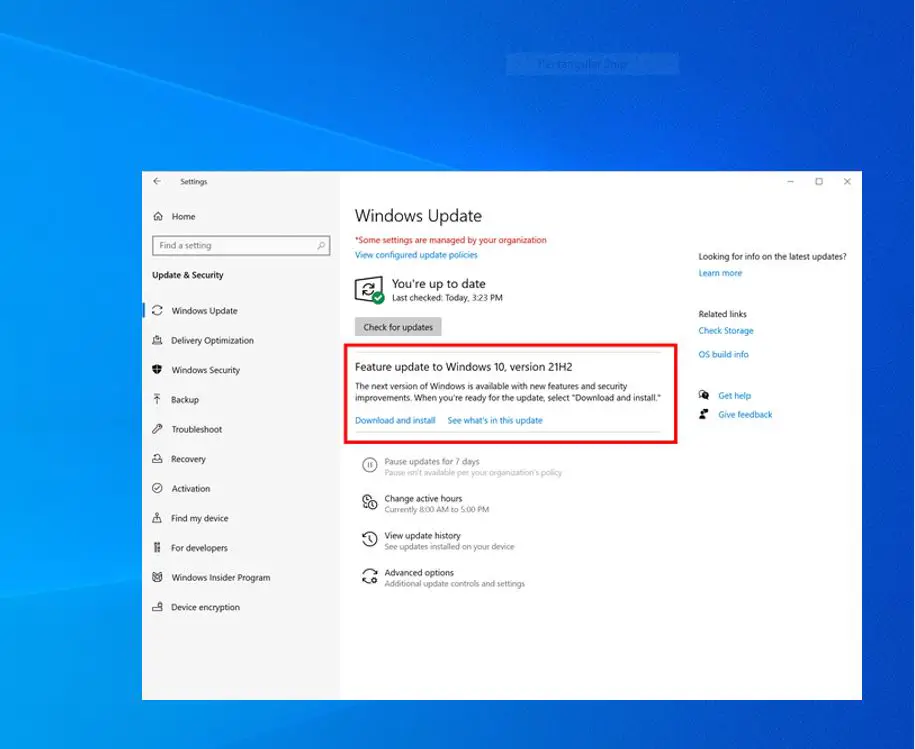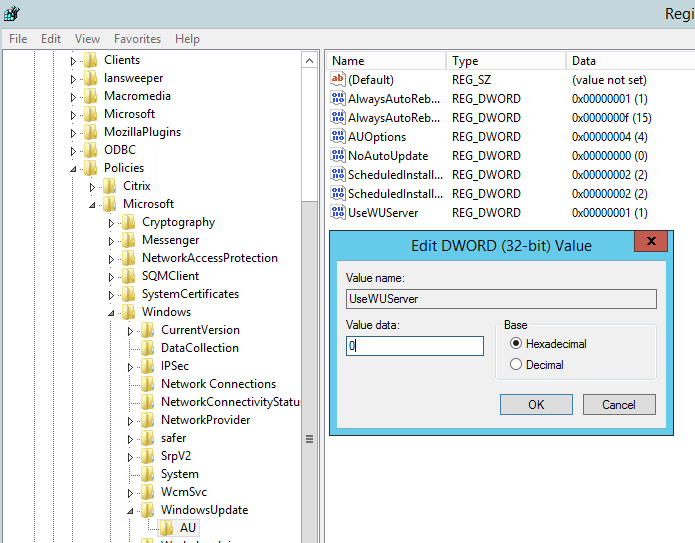

In such situations, a registry cleaner is will fail to help fix registry errors in Windows 10.

The real registry errors, which indicate true problems with the registry of your computer’s operating system are the serious type that can cause issues such as a missing or corrupted registry, blue screen of death, preventing Windows from booting properly, or mention that Windows can’t access the registry.
#Failed windows 10 update registry keys to remove software#
Some of the “errors” fixed by registry cleaners include empty or duplicate keys, unused values, and orphaned registry keys left over after you uninstall software from your computer. In fact, registry cleaners don’t remove errors as such, just some unnecessary entries they find in the registry. There are several different ways that Windows Registry gets errors in it, and these aren’t the type that are solvable by a registry cleaner. Common Causes of Registry Errors in Windows 10 Note: Before you make any changes or fix broken registry items, make sure you backup the registry. With this in mind, it’s important that you know what you’re doing each time you make any changes to the registry through the editor. This is why changes made to any setting are also made to the corresponding areas in the registry, though some of them don’t take effect until you restart your machine. When you make changes to the values or keys through the Editor, you actually change the configuration controlled by a specific value. All these are found in several folders that categorize all registry data within subfolders, also known as registry hives. The registry values are instructions contained in registry keys, which are folders containing data. Within the registry are registry values, registry keys, and registry hives.


 0 kommentar(er)
0 kommentar(er)
